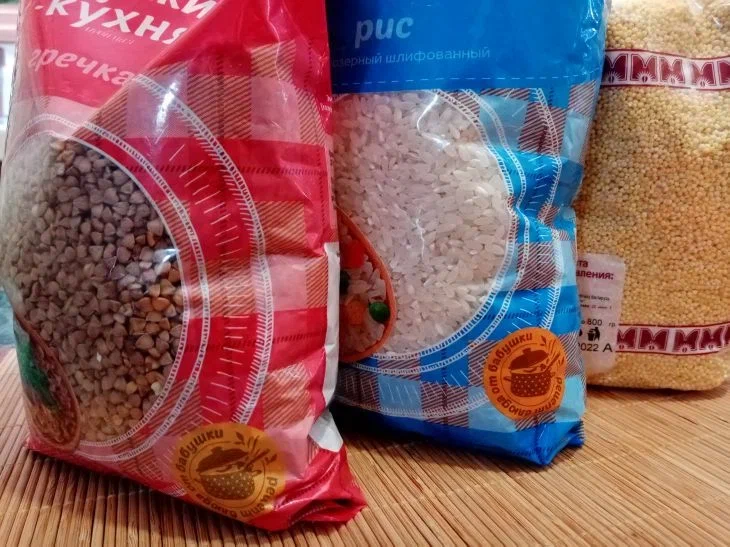Rice is the basis of dozens of cuisines around the world, but how many times have you heard that it's too sticky, tough, or tasteless?
Most people cook it according to the scheme “two glasses of water to one glass of cereal”, and then wonder why the result is far from restaurant quality.
The reason is that you are ignoring one simple step that all Asian cooks do.

And this is not rinsing, although that is also important. We are talking about steaming. Yes, that's right: after cooking, rice needs to "rest" to become perfect.
Let's start with the basics. You need to rinse the rice until the water is clear - this removes excess starch and prevents sticking.
But even this does not guarantee crumbliness. The secret is to remove the pan from the heat after the water has been absorbed, cover it with a towel and leave it for 15-20 minutes.
The towel will absorb excess steam, and the grains will finally cook, becoming elastic and separating from each other. Try this method with basmati or jasmine rice - you will feel the difference immediately.
But what if you're making risotto or sushi? There are some nuances here.
For a creamy risotto, it's important to fry the rice in oil until translucent, then gradually add the stock.
And for sushi, after cooking, you need to mix the rice with a dressing of vinegar, sugar and salt, fanning it to make it shine. But even in these cases, steaming works.
For example, after frying for risotto, add broth, bring to a boil, turn off the heat and let it sit for 10 minutes - the rice will absorb the liquid evenly, and you won't have to stir it constantly.
And one more life hack: if you want aromatic rice like in the street stalls of Thailand, try cooking it in coconut milk with a pinch of turmeric.
And don't forget to "rest" under a towel. You'll be surprised how such a trifle turns an ordinary side dish into the main course of the table.
